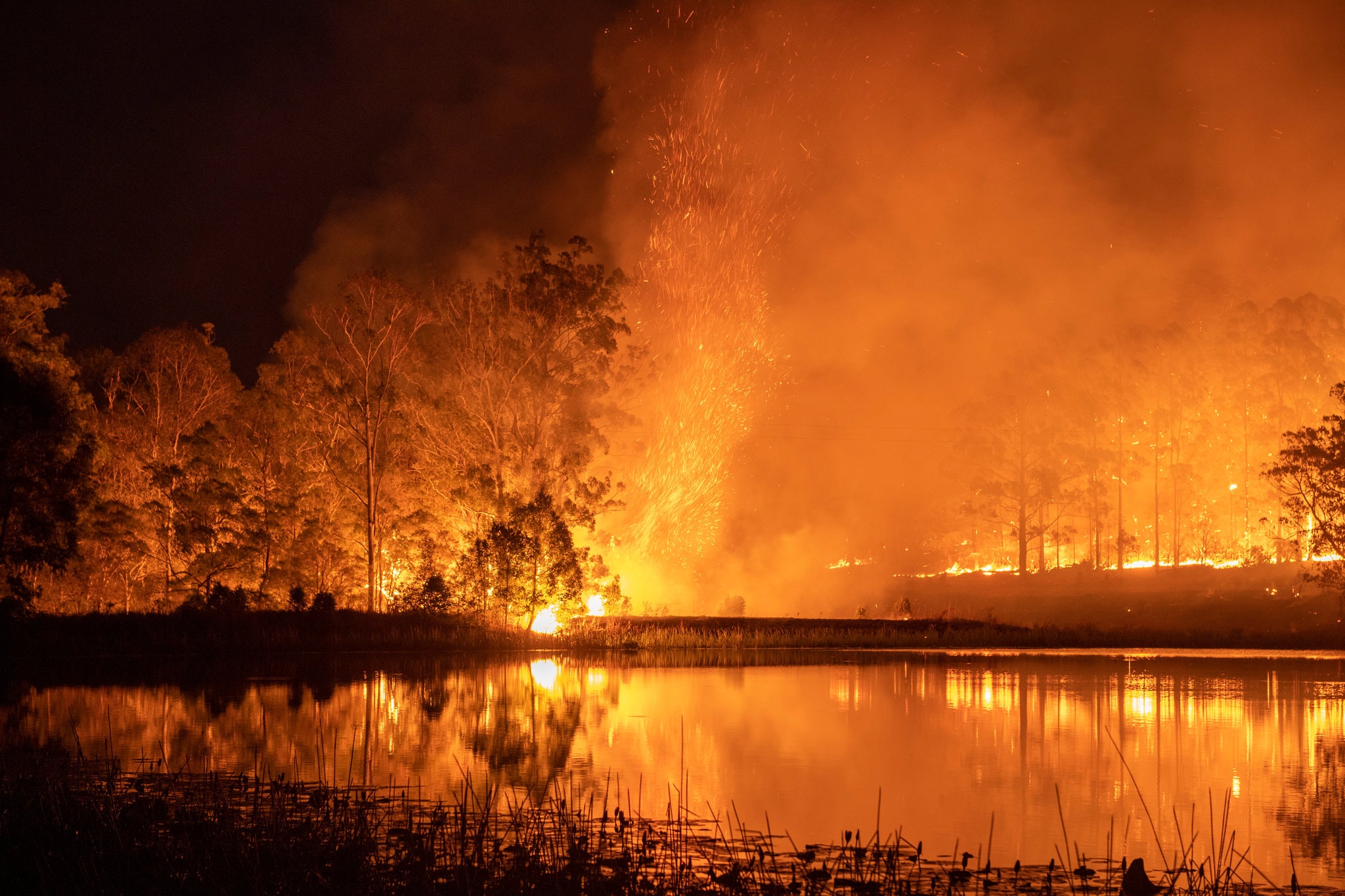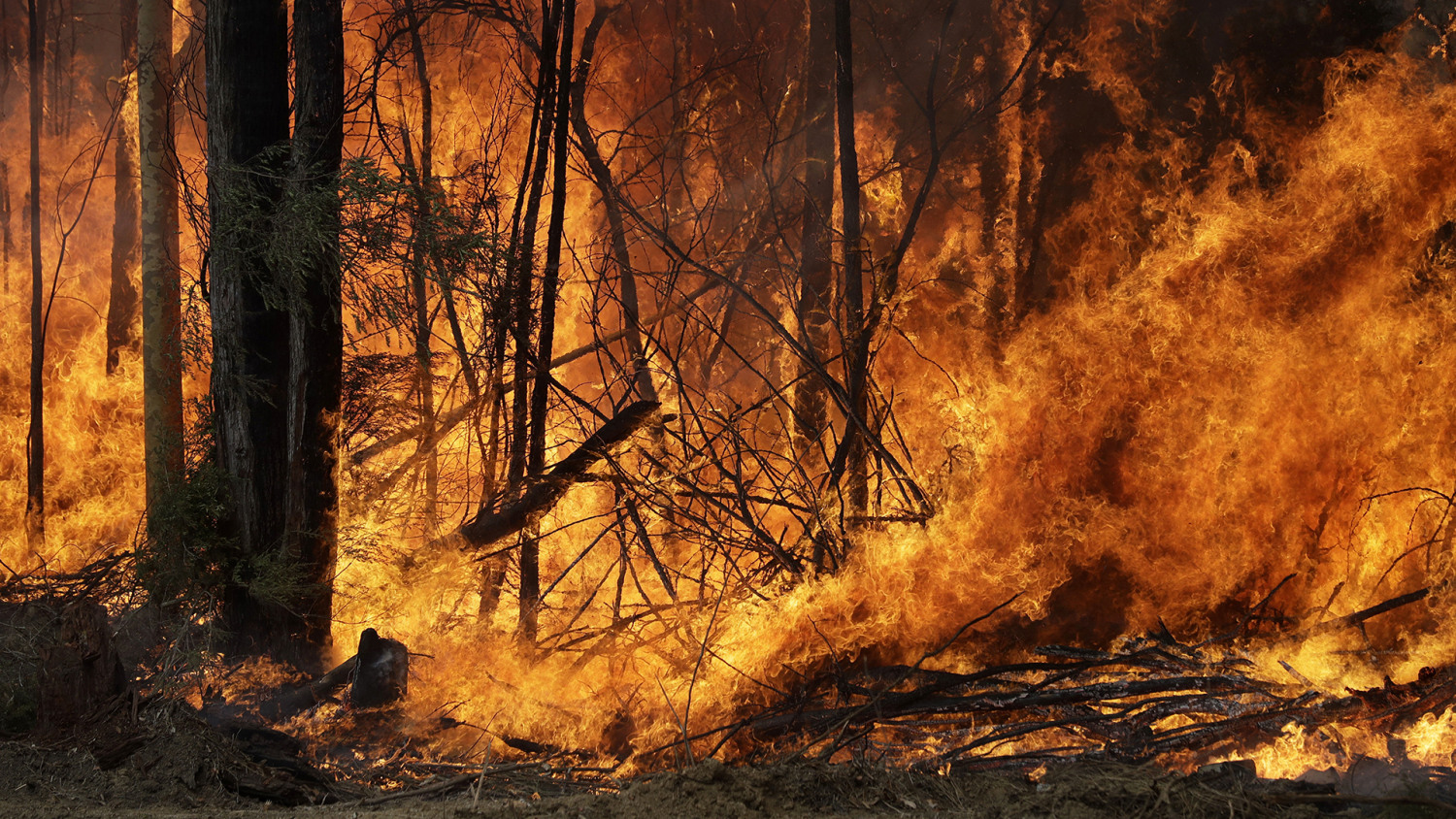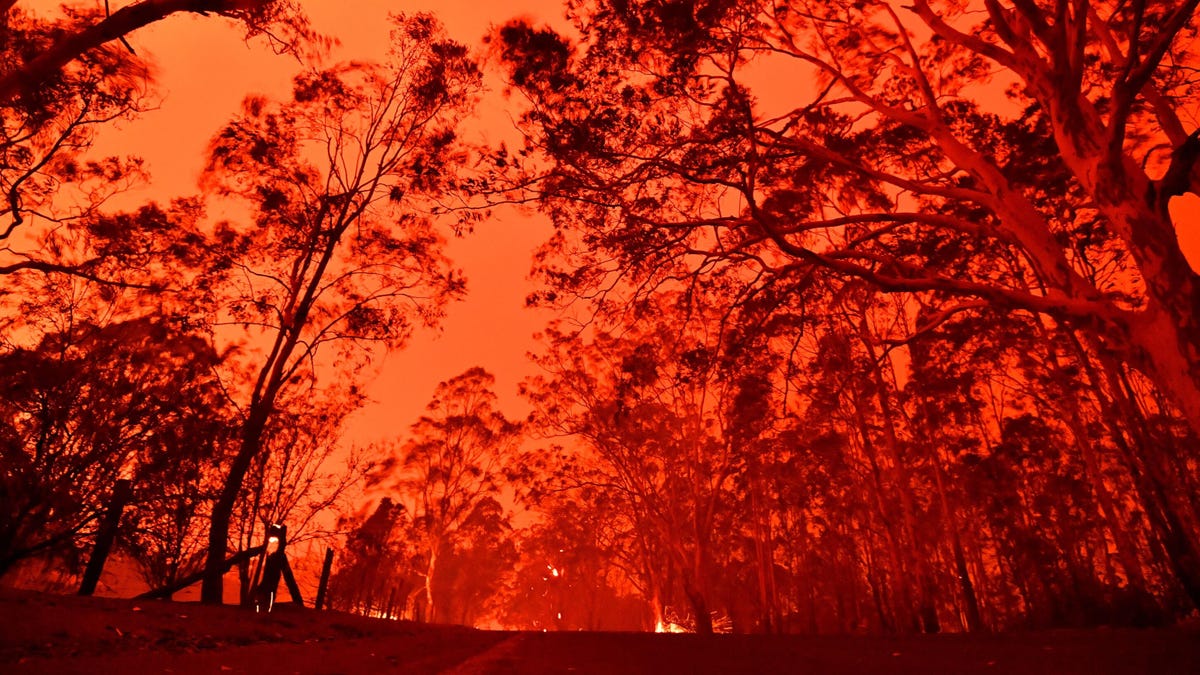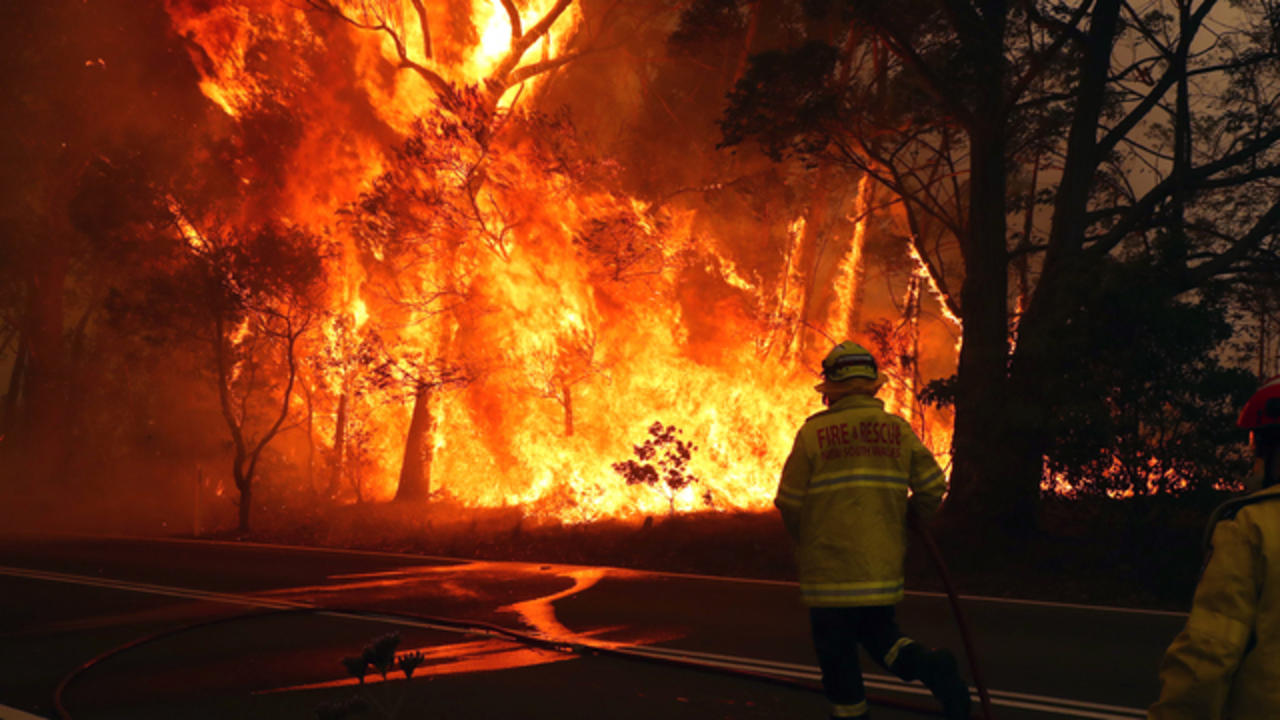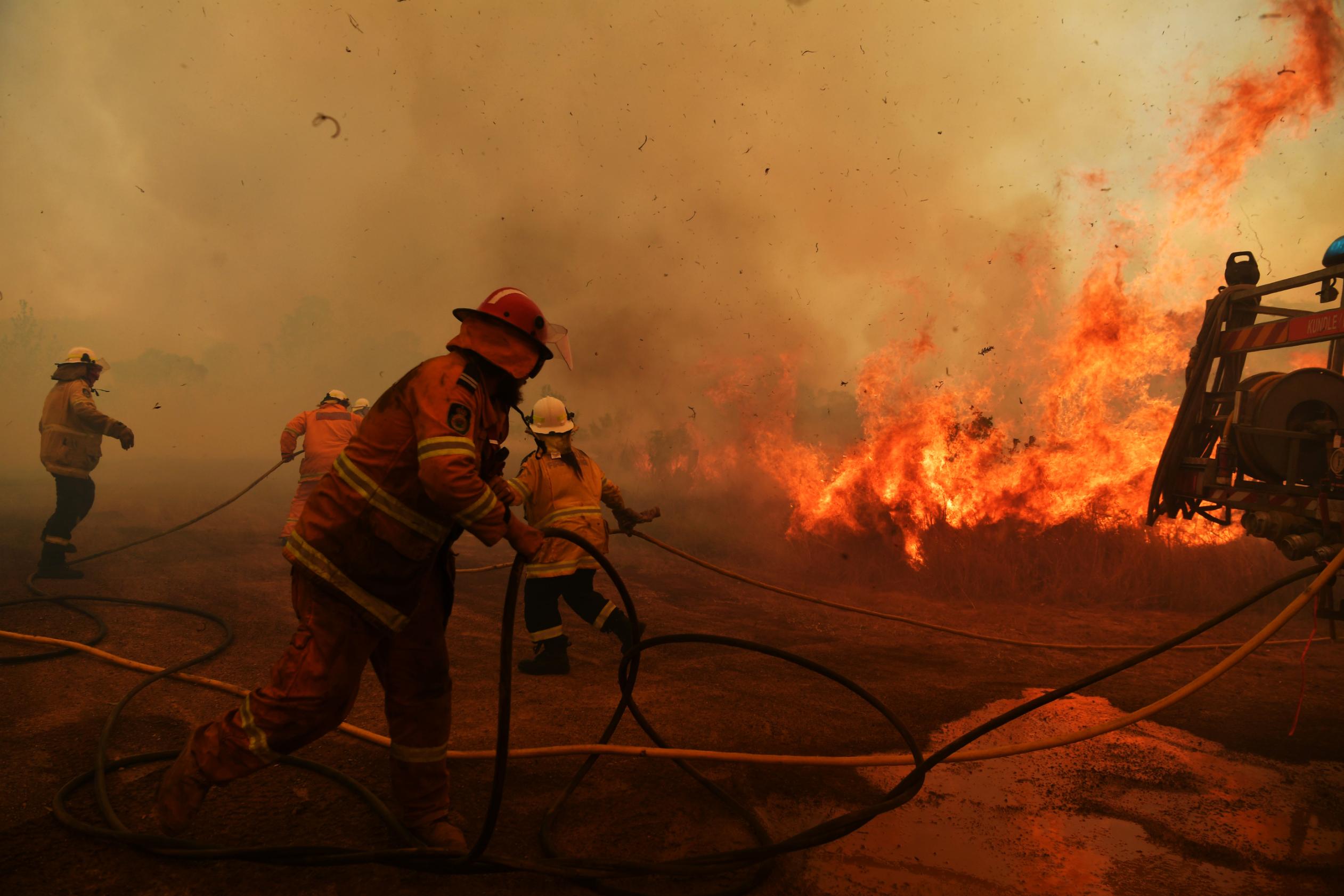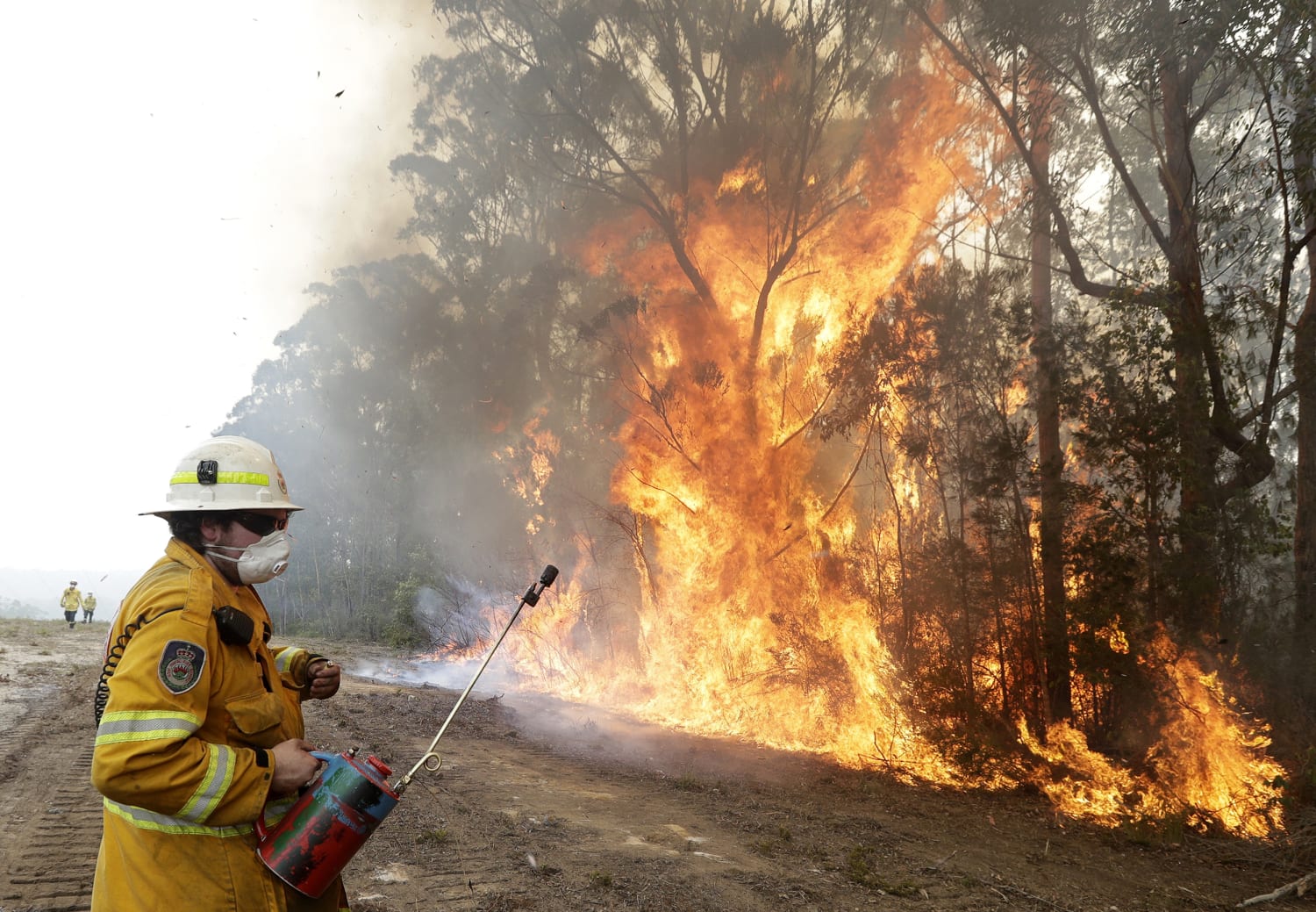Australia Fires Cause And Effect

Image source Getty Images image caption Sydney has been covered by thick.
Australia fires cause and effect. The catastrophic bushfire season we are currently experiencing in Australia is a clear example of the impacts of climate change playing out before our eyes. Thunderstorms generated by the Australian bushfires are very likely to have pumped as much smoke into the stratosphere as a volcanic eruption. Australia relies on resource sharing arrangements between countries and states and territories within Australia.
Some have said that the bushfires in New South Wales and Queensland Australia are a regular natural occurrence. The fire season has lengthened so substantially that it has already reduced opportunities for fuel reduction burning. But even from far away you can make an impact by donating to causes fighting the Australian wildfires.
Human acts of carelessness such as leaving campfires unattended and negligent discarding of cigarette butts result in wildfire disasters every year. It is becoming more dangerous to fight fires in Australia. Accidental causes such as unattended campfires contribute to a minor portion.
A study of Queenslands historic 2018 bushfire season found the extreme temperatures that coincided with the fires were four times more likely because of human-caused climate change. Medical bills from the fires and smoke haze could also run into the hundreds of millions. Hotter conditions mean a longer fire season leading to more dangerous bushfires and.
Gleick says that the bushfires can have a ripple effect both on the local landscape and on the global climate. This infographic explains how climate change influences bushfires in four ways. There is a threshold wind speed of around 12 to 15kmh which makes a significant difference in the behaviour of bushfires in the open.
And one analysis suggests disruptions caused by the fire. Scientists know theyre capable of spreading fires and worsening wildfire conditions but Fromm says the pyroCbs may block out the sun in localized areas. The arsonists were responsible for about 50 of the bushfires.
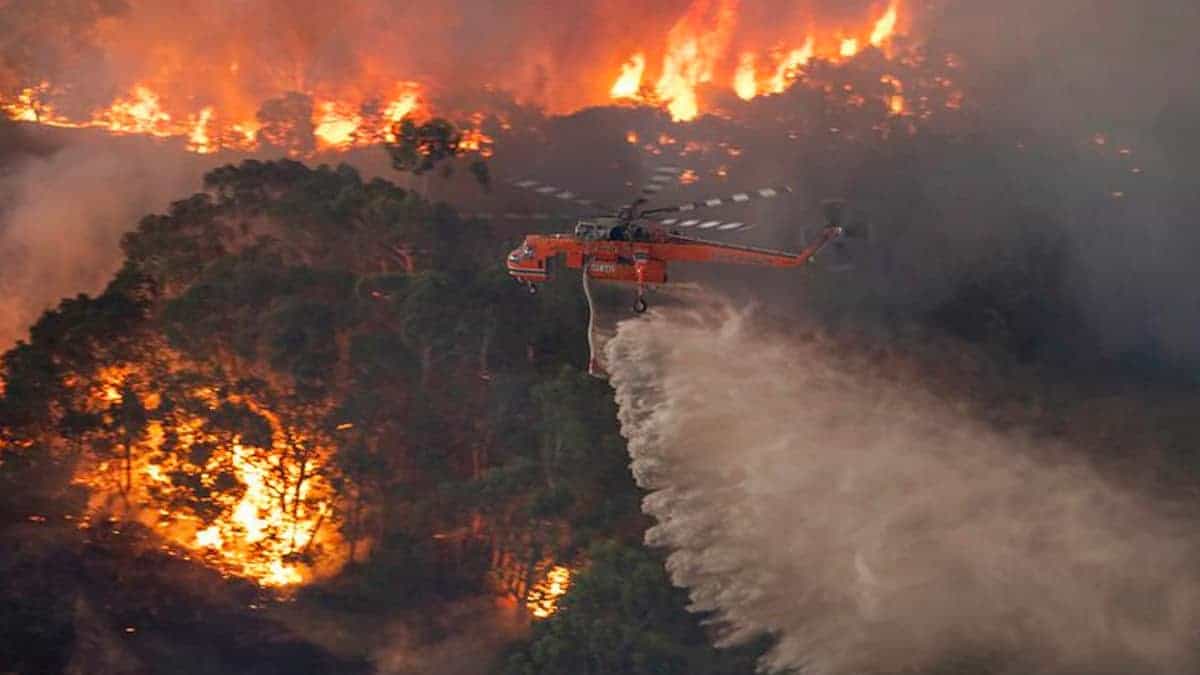


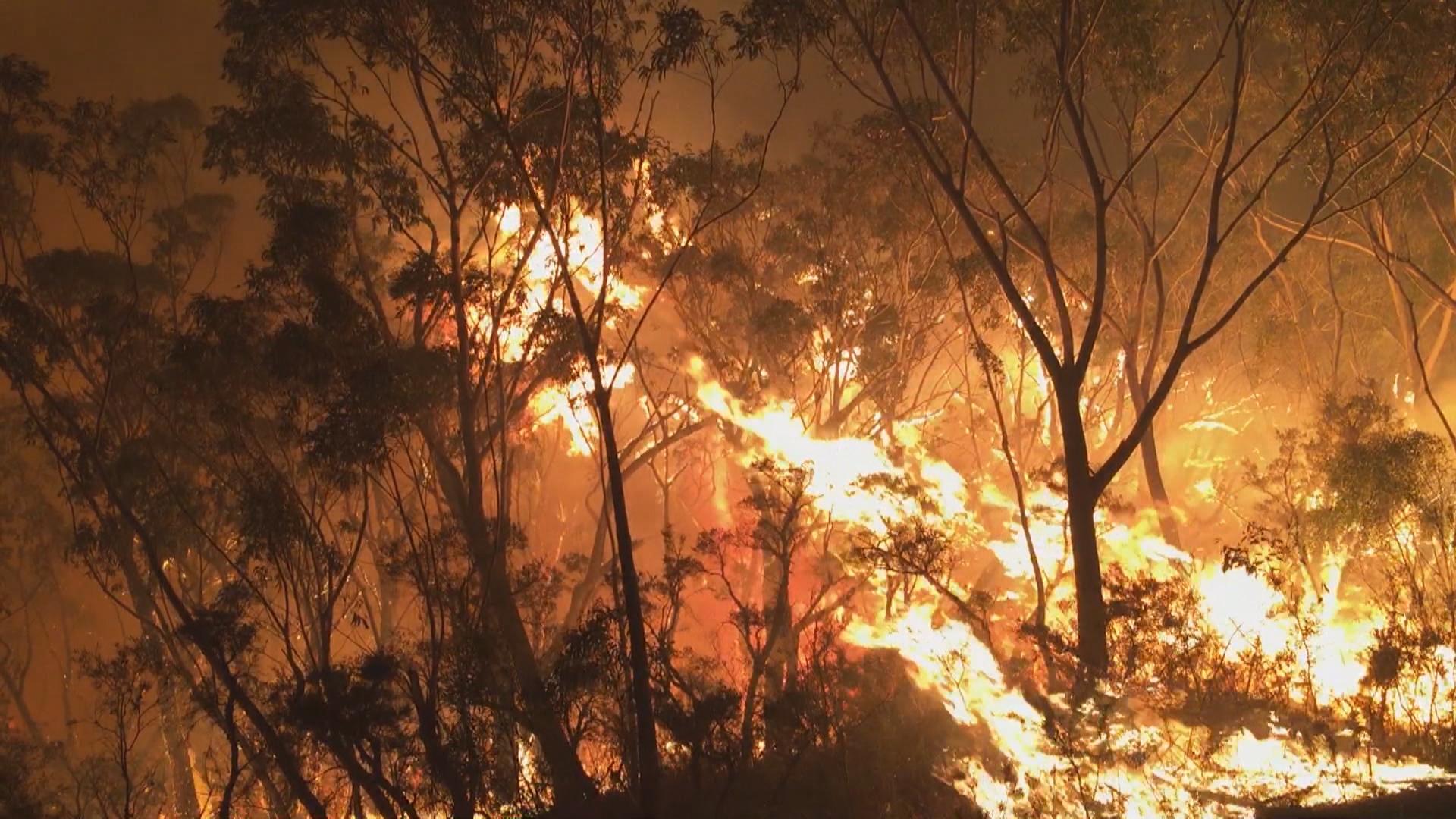


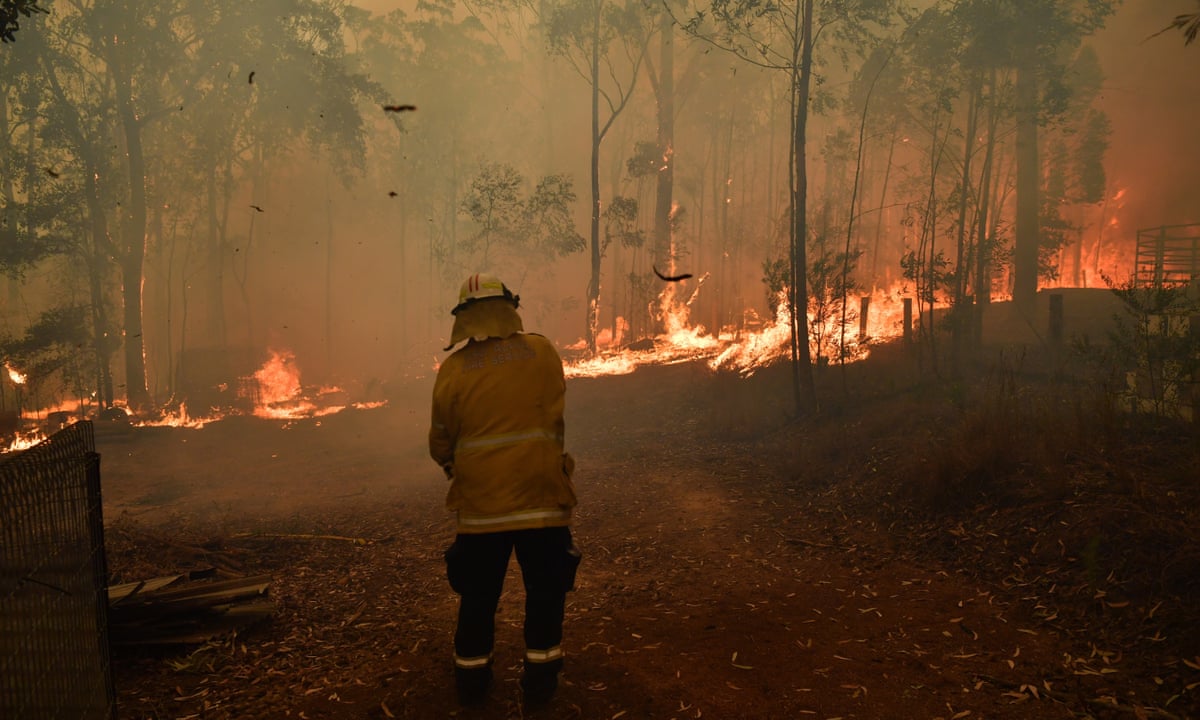

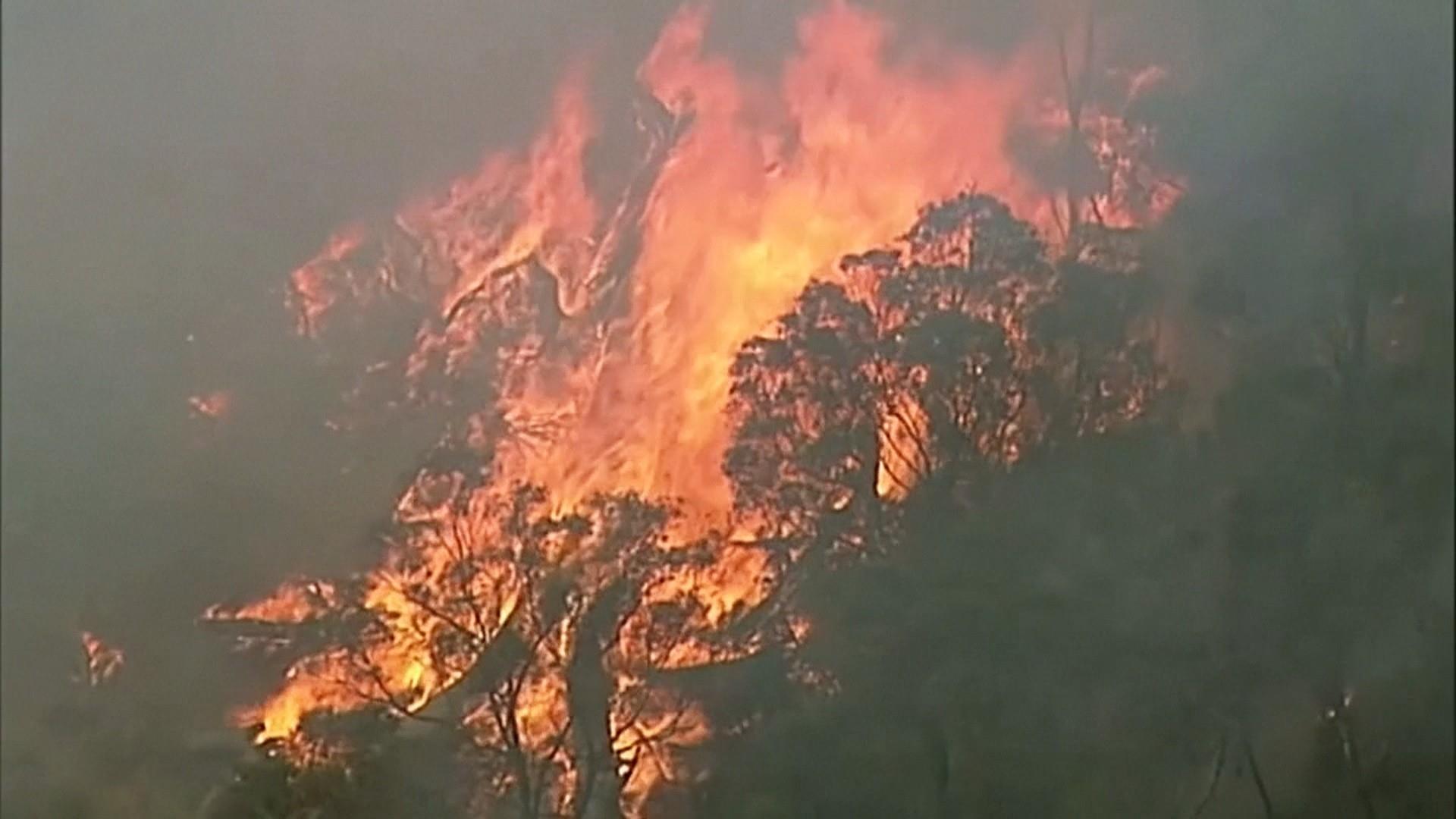
/cdn.vox-cdn.com/uploads/chorus_asset/file/19572798/1195172348.jpg.jpg)
